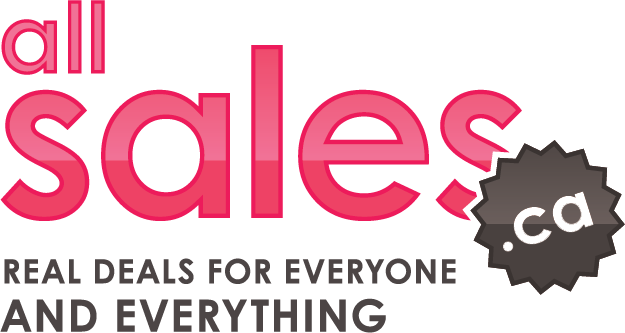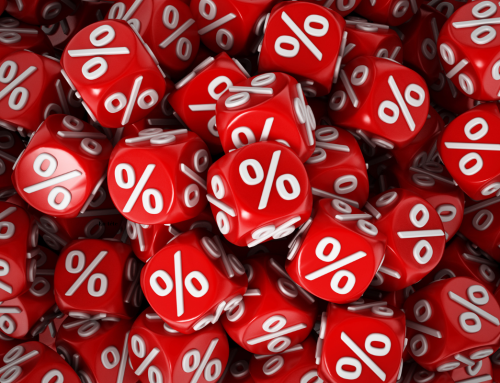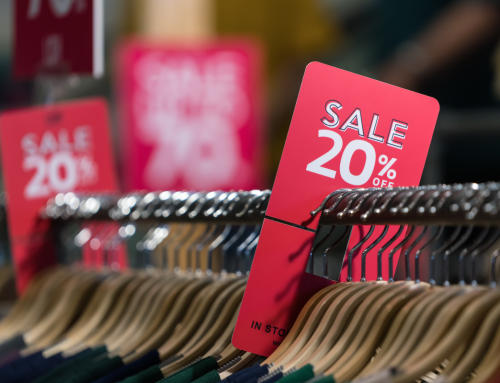Did your last sale leave you disappointed and wondering what went wrong? Do you want to understand what might have happened so you can do better the next time? Here are some points to consider and tips for guaranteeing the success of your next sale.
Sale Dates
Did my competitors have sales just before I did?
It’s important to check whether a competitor’s sale is happening before, simultaneously, or after your sale. Because if a similar sale is happening right before yours, shoppers will certainly have fewer reasons to purchase anything at your sale.
Was it the right time of year to have a sale?
In general, it’s better to avoid holding a sale during holiday periods or celebrations such as Mother’s Day, Father’s Day, Easter, etc. Additionally, a major event like a festival, parade, or marathon could disrupt traffic.
Had I already had a sale recently?
Avoid having sales too close to one another in time—you have to leave the shopper enough time to need to buy your products again.
Sale Accessibility
Did the opening hours enable as many people as possible to get to the sale?
In the case of a physical sale, be sure to make it as accessible as possible by offering opening hours that fall outside regular office hours. The opening hours have to allow a majority of people to make it to the sale.
Was the sale accessible and easy to get to (e.g., was there construction or traffic)?
Wherever you choose to hold your sale needs to be easily accessible throughout the hours it’s happening. Indeed, if the location of your sale is hard to get to (construction, traffic, etc.) and parking is limited, this runs the risk of discouraging many shoppers.
Was it easy to find parking?
Consumers are always more likely to attend if they know it will be easy to park near the sale.
Could the weather have had a negative impact?
Snowstorms or rain can discourage customers from making the trip out.
Offer & Advertising
Was my offer as good or better than that of my competitors?
The discount must be similar to that being offered by your competitors. If you already know that your competitors are offering 50% discounts, it’s better to simply plan on offering the same kind of discount.
Did I offer attractive merchandise and discounts?
The merchandise being offered needs to be quite recent, in good condition, and in sufficient quantities. As for the prices, it should reflect the discount advertised in your promotion and be competitive compared to your competitors.
Did I advertise my sale well enough in advance?
Advertising your sale in advance allows your customers to plan a day when they can get to your sale. When your shoppers find out about your sale before your competitors’ sales, they’ll quite probably choose to go to your sale instead of the others.
Did I invest enough in advertising?
It can be tempting to rely on social media and your distribution list, and to not spend too much on publicity to advertise your sale. However, it’s important to note that social media only shows your ads and events to a small percentage of your followers. As for distribution lists, while they allow you to communicate with your current customers, they don’t enable you to acquire new ones. Keep in mind that the more you spend on publicity, the more your offer will be seen, and the better the chances that your sale will be well-attended.
Did I invest in the right media?
Social media can seem like the right place to advertise your sale, but unfortunately, their primary mission isn’t to publicize sales. Which is why that audience is not necessarily hearing your message. Choosing a media that’s dedicated to promoting sales, like allsales.ca, ends up being a wise and more worthwhile choice.
Were my competitors more visible than I was?
If your competitors invested more in their advertising and were therefore more visible, your advertisement may have gone unnoticed.
Did I use various platforms to advertise my sale?
When you advertise a sale, it’s important to not put all your eggs in one basket. Indeed, by posting on a variety of platforms and media, you’ll reach a variety of audiences by creating repetition for your ad. Learn more about repetition in advertising by reading this blog post: Increase sales through repetition
Was my ad well targeted?
Targeting your audience is key to ensuring the success of an ad campaign. Indeed, while a mass media ad is often quite expensive and reaches a large number of people, these aren’t necessarily your company’s potential customers. Choose instead a targeted ad in a specific media and for a defined audience. This will be less expensive and will target a significant number of qualified shoppers who are ready to buy.
Did my visual stand out from the rest, and was it easy to read?
In order for your ad to be eye-catching and attract the right people, here’s what you need to keep in mind when preparing it.
- Type of sale: warehouse sale, sample sale, online sale, promotion
- The discount
- One or more photos of products available for sale.
- The name or logos of the brands on sale.
- The dates of the sale or any other indication of time (e.g., for a limited time).
- Be careful not to include too many elements that could detract from readability.
Did my text have a good hook?
The title should include the most compelling elements of your promotion or sale. It should be able to describe your sale in itself.
Don’t forget: every aspect of your sales strategy deserves careful attention. The success of your sale is grounded in a combination of factors and each detail counts.
By putting into practice these tips and remaining flexible when faced with challenges, you’ll be better equipped to reach your objectives and ensure your continued growth!






Social Contact